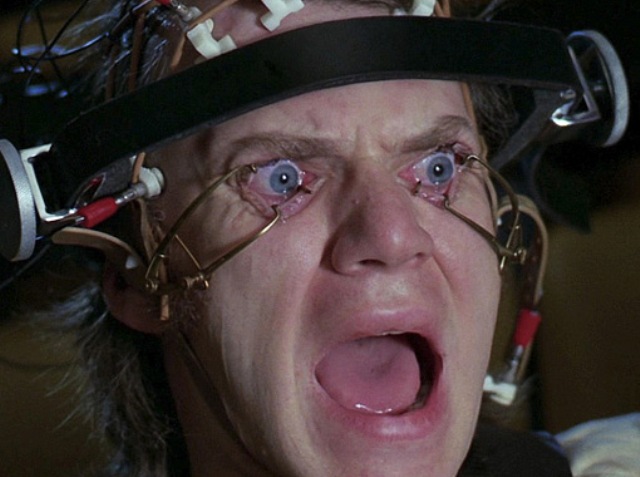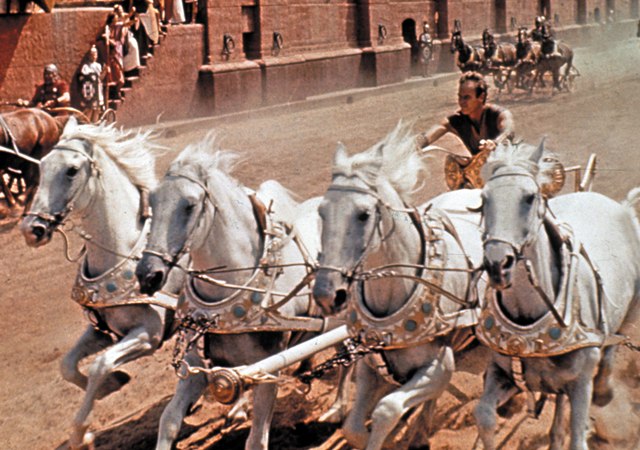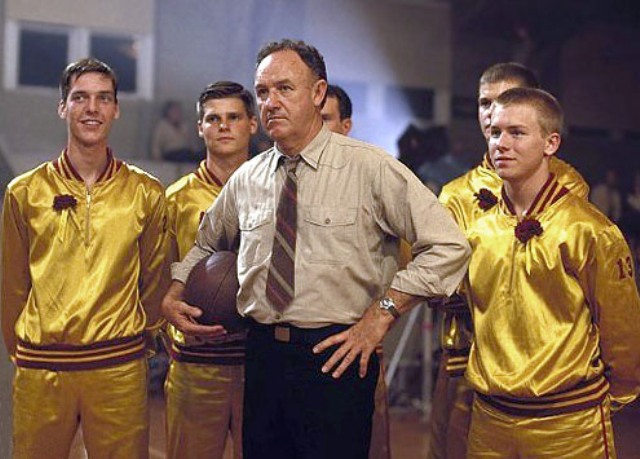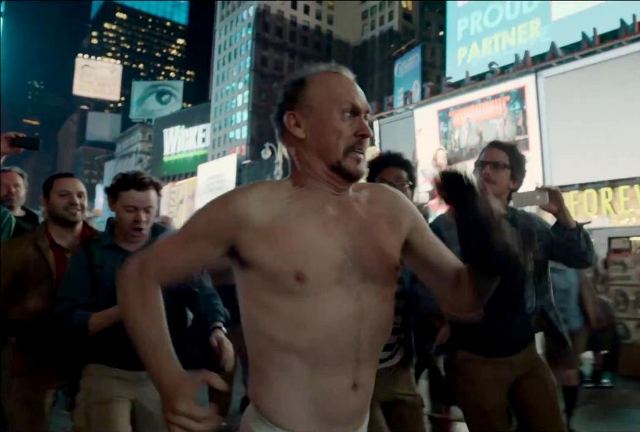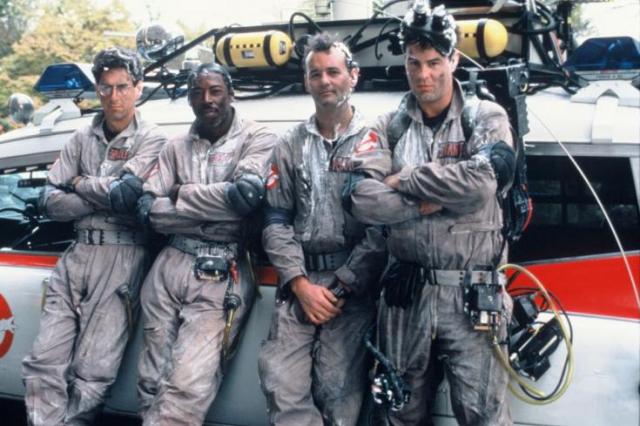As discussed in my review of Avengers: Age of Ultron, Marvel has enjoyed unprecedented success with their cinematic universe. However, it took many years and a lot of conviction to make it happen. Up until the start of Marvel’s master plan, there was no connected universes when it came to Super Hero movies. Every comic book adaptation stayed within it’s own cinematic worlds, with the main hero being the sole focus. But, that all changed when the post-credits scene appeared at the conclusion of Iron Man (2008). For those who waited patiently for through the end credits of the film, they were treated to a groundbreaking moment when Tony Stark (Robert Downey Jr.) walked into his palatial mansion and found Nick Fury (Samuel L. Jackson) waiting in his living room. This was a surprise to audiences, because not only did it introduce another major character from the Marvel comics, but it also established the idea that Iron Man’s story was not only going to continue in his own movies, but also in something much bigger. As Nick Fury puts it in the movie “you’ve become a part of a bigger universe, you just don’t know it yet.” And with that promise, Marvel did expand on that bigger universe, establishing even more new characters and having every story-line come to a head in the first and monumental The Avengers (2012). The momentum continued on in each superhero story thereafter, creating a cinematic universe that has become the envy of all of Hollywood. Because of Marvel’s success with their cinematic universe, now many other studios are trying their hand at building their own, making it the newest trend in the film-making industry. Unfortunately, not all the best laid plans by these other studios has worked as well as Marvel’s.
What Marvel has at it’s disposal are decades worth of story-lines on which to draw from within the comics themselves. Thankfully most of them have shown how to cross over characters many times, giving the current film adaptations a workable blueprint to adapt from. But, even still, part of Marvel Studio’s success has been in the casting of the right actors, and keeping them committed to the process over multiple movies. This is especially difficult for some of the side characters in these Marvel movies, like Hawkeye (Jeremy Renner) and Black Widow (Scarlett Johansson), both of whom have not headlined their own movie, and yet have big parts to play in the larger cinematic universe. Getting commitments from these actors and having them see the larger picture is important to the process and so far, Marvel has kept it’s team mostly intact (only The Hulk and War Machine needed to be recast, and Marvel handled those transitions splendidly). Being able to know the ultimate destination is also important. For Marvel, the plan has always been to lead up to the Infinity War, which is currently where Phase 3 of their cinematic universe is meant to conclude. The Infinity War story-line involves supervillain Thanos (voiced by Josh Brolin) collecting the all powerful Infinity Stones and placing them on his gauntlet, which ultimately grants him God-like powers and makes him a threat to the whole of Marvel’s cinematic universe. So far, this has been built up in the movies by establishing each Infinity Stone within the story-lines of select Marvel films, showing that the studio is clearly keeping the endgame in focus and using the stones as a way to tie everything together.
But, commitment has it’s own risks too. For one thing, with all this build up, Marvel’s two-part Infinity War had better live up to the hype. Otherwise, all this build-up would seem pointless in the end. As grandiose as it might be, Marvel could easily fall under the weight of it’s own mythology, and alienate much of the audience by choosing to stick to the larger plan in detriment to the entertainment value of the whole enterprise. A little bit of that hampered Age of Ultron, but the movie itself managed to survive thanks to clever writing and charismatic performances, which helped guide audiences through the convoluted plotting. But, in less capable hands, the overwhelming weight of the cinematic universe could prove overwhelming. Not only must each Avengers movie carry it’s own story, but all the continuing narratives of each individual character as well. And you have to fit that all in a tight 2 1/2 hour package. In that sense, it’s amazing that Age of Ultron didn’t turn into an incomprehensible mess as a result. It’s not as neatly plotted as the first Avengers, but it still got the job done and was entertaining in the end. In fact, it’s amazing how long Marvel has kept this train going without loosing momentum. I think that the big reason for this is because Marvel puts just as much emphasis on the individual story-lines as it does on the big picture. The standalone movies are just as good as the crossovers, and maybe even better. You could even do a standalone universe with just the Guardians of the Galaxy (2014) setting alone. And that really has been the key to Marvel’s success. Every team member has their own story to tell, and Marvel is committed to telling them all.
Though Marvel has established new ground with their Cinematic Universe, it’s not exactly the first time that Hollywood has tried to do this either. In fact, crossovers have been common in film-making for many decades before, albeit on a much smaller scale. Began with matinee serials during the early days of Hollywood, which themselves were inspired by comics of the day, the idea of having some of literature and cinemas most famous characters interact together has always been an appealing concept. Sometimes crossovers could happen in the unlikeliest places. Weirdly enough Abbott and Costello Meets Frankenstein (1948) could be seen as an early precursor to modern crossover movies, because despite being a screwball comedy, it did feature horror icons Lon Chaney Jr. (The Wolfman) and Bela Lugosi (Dracula) playing their individual characters once again, knowingly referencing their past films. Crossovers were also a popular concept for television for many years (remember when The Jetsons crossed paths with the Flintsones). But, it wouldn’t be until the rise of New Hollywood in the sixties and seventies that we saw the idea of telling stories set in an interconnected universe emerge. Planet of the Apes almost discovered this idea by accident, as parent studio Fox tried to stretch the original premise of their franchise out in order to get more sequels made. With the movie Escape from the Planet of the Apes (1971), the story reveals that apes Cornelius and Zira (Roddy McDowall and Kim Hunter) escaped their planet before it’s destruction in the previous film and landed on present day Earth. There, Zira gives birth to a son named Ceasar (also McDowall), who leads the Ape Rebellion and creates the titular Planet of the Apes. By stretching this premise, Fox managed to change the franchise and showed that you could break from the main story-line and film any plot you wanted in this established cinematic universe. This concept has continued on in the current Planet of the Apes movies, which are far removed from the movies that started the franchise.
But, if there was a franchise that really began to define the idea of larger cinematic universes, both literally and figuratively, it would be Star Wars. When Star Wars was released in 1977, it was a phenomenon unlike anything Hollywood had ever seen. But, it was just the beginning of the story that creator George Lucas wanted to tell. The story continued with two equally popular sequels, The Empire Strikes Back (1980) and Return of the Jedi (1983), but even with the trilogy complete, it still didn’t even scratch the surface of the story that George Lucas had envisioned. The reason why Star Wars has become such a massive universe on it’s own is because Lucas plotted out the whole mythology of his universe before ever writing his first script. His back-stories for the characters and the worlds of Star Wars are incredibly detailed (almost Tolkein-like in their intricacy) and could fill the narratives of their own movies, which is in fact what George Lucas did eventually do. He took the notes that he made for the original trilogy and crafted what would become the prequel trilogy. Unfortunately his grand vision far exceeded his talents as a writer and director, and the prequels didn’t nearly succeed as well as the original trilogy did. But, the vision of this galaxy far, far away still has inspired fans across the world, and Star Wars lives on even beyond what George Lucas planned for it. With the acquisition by Disney a couple years ago, Star Wars is now entering a new phase where it actually will be able to live up to the promise that the original trilogy held for audiences. They will continue the main story-line this Winter with the release of Episode VII: The Force Awakens, but there are also standalone movies also planned, which will gives audiences the chance to see more of what the cinematic universe that Star Wars can be, un-teathered to what George Lucas had imagined. What Lucas created was other-worldly, but the potential of a Star Wars cinematic universe that could be set anywhere and be about anyone is boundlessly exciting.
For the most part, building cinematic universes can be a costly but still a rewarding enterprise for most filmmakers. That’s why so many studios are trying to follow Marvel’s lead and do the same with some of their prized characters and franchises. But, while some seem like natural bases for larger cinematic universes, others are a bit more puzzling. For one thing, does anyone think that a cinematic universe could work for Ghostbusters. Sony Pictures plans to take their Ghostbusters brand and build it into a interconnected universe inhabited by different teams of Ghostbuster troops. This started with the announcement of an all female Ghostbusters remake last year, which led to an unhappy fan-base reaction, saying they felt that it was changing too much of their beloved franchise in order to appeal to a whole different demographic. In order to appease those fears from fans, Sony revealed that this planned movie was not a reboot or a remake, but rather one in a new cinematic universe that they were planning, which itself became a controversial position. It’s not a question of whether it should be done, but rather one of if it can be done. Sure, you could take the Ghostbusters brand and build a whole mythology and universe around it, but is it something that Sony has enough ideas for? Sony is going to have to build it all from scratch, which could prove challenging. Marvel rivel DC comics has the benefit of having all their comics to draw from as they begin their own push for a cinematic universe. Unfortunately, they do this in the shadow of what Marvel has accomplished, and the danger for them is that they’re plans are all based around playing catch up, which could hurt the momentum of what they ultimately want to get to. Also, building on a shaky foundation could also hurt DC. Man of Steel was not a widely beloved film (though I didn’t seem to mind it as much), and that negativity could cloud the rest of the universe as a whole. Time will tell if DC can compete with Marvel’s cinematic universe. My fears are less with the quality of the films (which to me look just fine) and more with whether or not DC has the right master plan in place.
DC’s Cinematic Universe could certainly learn a thing or two from the disastrous attempt at a Spiderman universe from Sony. When Disney acquired Marvel, they made an effort to gather all the properties and characters they could in order to make the plan for a cinematic universe work. Unfortunately, for years Marvel had signed licenses over to other studios, all of whom were content to keep making their own features outside of Disney and Marvel’s control. Sony held onto the rights for one of Marvel’s biggest names, Spider-Man, and defiantly refused to let him play a part in Marvel’s planned Cinematic Universe. This became an issue once they made the decision to abandon the story-line of the original, Sam Raimi directed Spider-Man’s and instead reboot the series as a whole from scratch with a new cast and new story-line, just as an excuse to keep the character away from Disney. After seeing the success that Marvel Studios had with their Cinematic Universe, Sony thought they could do the same with Spider-Man, and plans were set out not just for more sequels to their re-titled The Amazing Spiderman series, but also spin-offs planned around the popular Venom character and a team-up film based around Spider-Man villains called Sinister Six. However, The Amazing Spiderman (2012) opened to modest box-office and mixed reviews. The even more ambitious Amazing Spiderman 2 (2014) fared even worse. The big problem with the planned Spiderman universe was that it tried too hard to match Marvel. There was more thought put into planting the seeds of a larger universe than actually crafting a compelling story, with way too many characters introduced that have no impact in the film, but were meant for bigger things to come. That’s ultimately what sunk the Spiderman universe at Sony and now the character has finally returned back to Marvel, where he will again be rebooted, only now connected to the Cinematic Universe. What Sony’s failed experiment proved was that you shouldn’t craft a cinematic universe just for the sake of having it. Sony served up an under-prepared buffet platter, while Marvel has given us a three course meal with everything cooked to perfection.
Planning out a cinematic universe is the key in the end. Marvel knew that with the first meeting between Iron Man and Nick Fury, and we are now seeing that potential realized to incredible lengths with each progression in the larger narrative. But, what makes Marvel’s Cinematic Universe stand out so well is not the high points where the different characters team-up in the Avengers. It’s the individual stories in each phase that really makes the Cinematic Universe so special. Audiences are enjoying the progression of Iron Man, Captain America, and Thor’s story-lines just as much as they do the Avengers narratives; perhaps even more so now. That’s where Marvel’s success has come from and where other like-minded cinematic universes have failed. It’s not where the Universe is going that audience find so intriguing; it’s where it’s at now and how these moments all tie together that we find so interesting. Yeah, of course audiences get excited when they get a brief glimpse of Thanos on his throne near the film’s end, or a passing mention of a future member of the team (like the brief mention of Doctor Strange in Captain America: The Winter Soldier), but these are only treats presented to us after watching a satisfying, standalone story. That’s often why these teases appear at the end of the movie, and not within the plots themselves; so that each movie can stand on it’s own. That’s why Sony failed with Spider-Man, because you can’t fill your entire movie with teases for the future and have characters with no purpose (like with the horrible shoehorning of The Rhino). My hope is that the potential that we’re seeing in the emerging Cinematic Universes from other studios pays off, and that they understand the key factors of how to build these universes the right way. Because, when you’ve established a cinematic universe that lives up to it’s potential, than there’s no limit to the stories that can be told.



